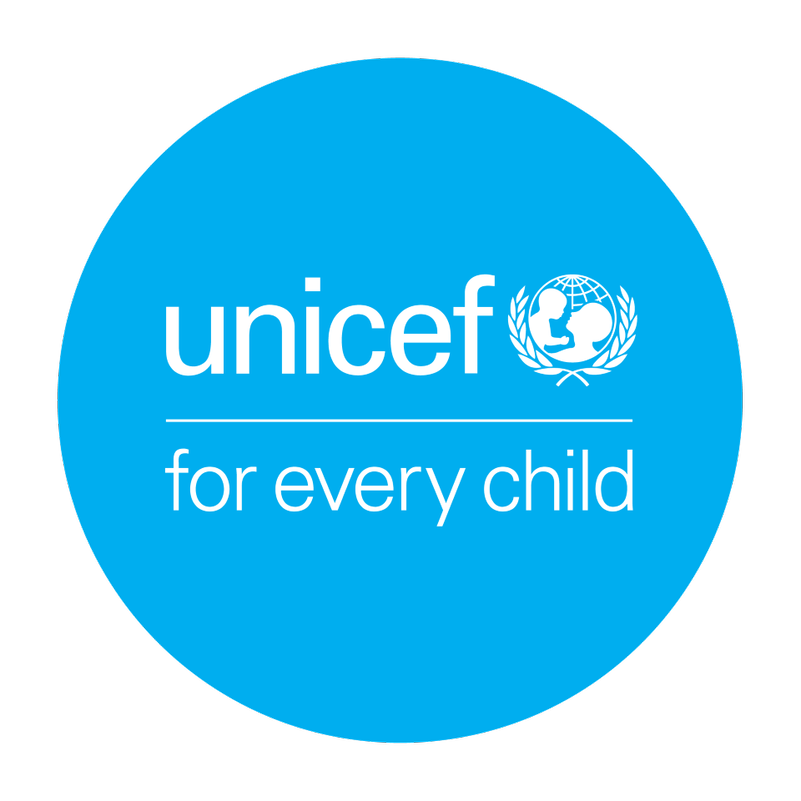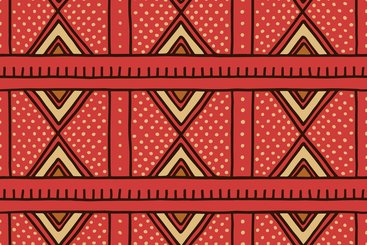[ En français]
Many organisations are working actively in Mali to reduce Female Genital Mutilation/Cutting (FGM/C), yet the country still has some of the highest prevalence rates in the world. With 89% of women aged 15 to 49 years having undergone FGM in 2018, rates have barely declined in two decades.
This is the executive summary of a literature review produced to inform the social norms intervention related to FGM/C and child marriage in the five intervention zones in Mali (Kayes, Koulikoro, Sikasso, Ségou and District of Bamako) of the EU-UN Spotlight Initiative. It covers an overview of current trends in FGM/C in Mali, the country’s legal and policy environment, and drivers which explain the persistence of the practice. Special emphasis was placed on investigating the role of family and community decision-makers and other key stakeholders shaping FGM/C. Linkages between FGM/C and child marriage are presented, as are lessons learned from past and current approaches to challenging and/or eliminating FGM/C and child marriage in Mali and other comparable contexts.
The literature review was used to inform the design of a mixed methods study in six intervention locations, and behavioural change tools to be used at the community, municipal, local and/or regional levels to shift social norms towards the abandonment of FGM/C and child marriage.
-
Normes sociales et changement de comportement autour des MGF et du mariage des enfants au Mali [français]
Read more about Normes sociales et changement de comportement autour des MGF et du mariage des enfants au Mali [français].
This literature review was developed by ODI in partnership with Plan International Mali and with financial support from the Spotlight Initiative through UNICEF Mali.





